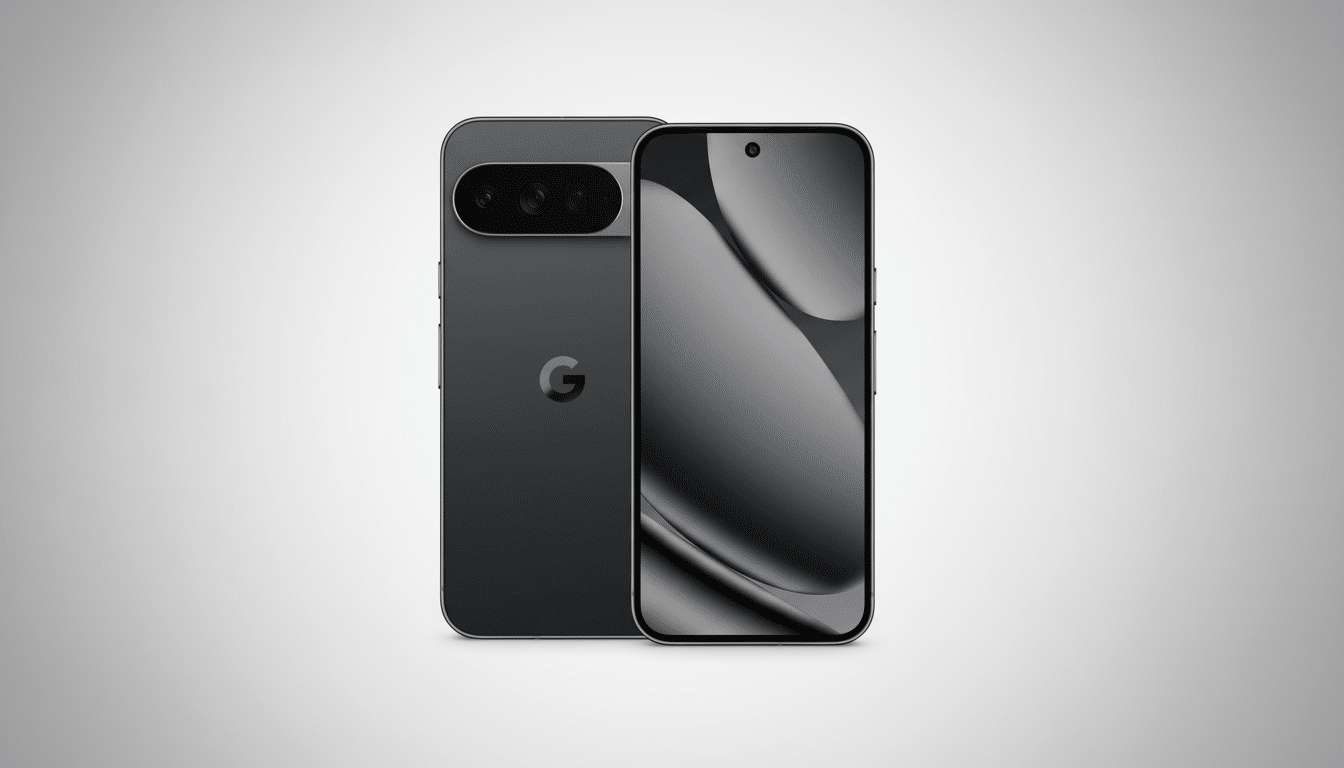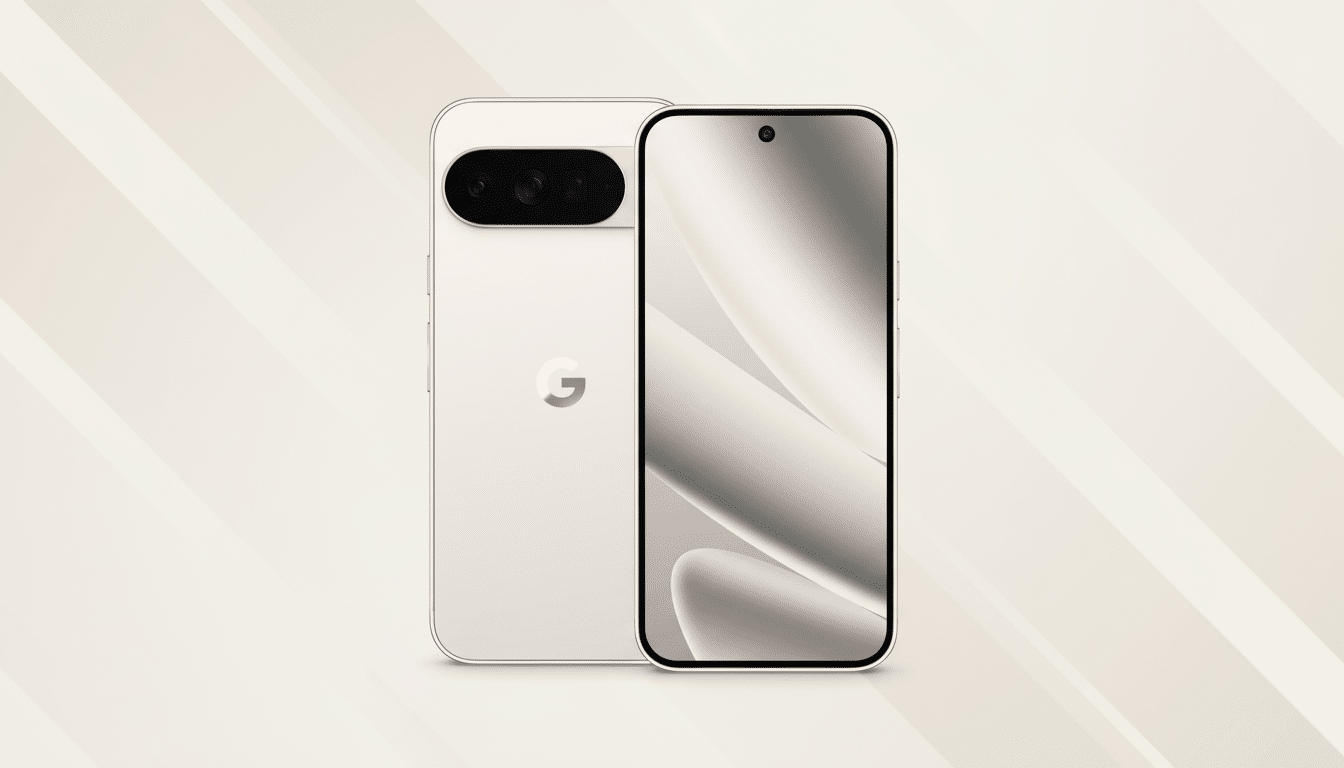Google’s Pixel 10 Pro XL might charge a tad quicker on paper when you plug it into a 20V PPS-capable brick, but real-world outcomes say otherwise. After trying a mix of older USB Power Delivery PPS adapters with Google’s new 67W plug, I’m passing on the new charger for two simple reasons: the speed bump is marginal, and cooler, steadier charging is gentler to the battery — plus I already have a drawer full of perfectly good bricks.
The headline spec is a biggie: the Pixel 10 Pro XL can pull up to 39W when plugged into a power source that’s supplying 20V PPS. The rub is that particular PPS profile isn’t terribly common even among quality multiport chargers. Most of us already have PD PPS plugs that max out at either 9V/3A or 11V/1.5A, which is ~27W or so — this seems to be a step down, but it’s less than you’d think in practice.

Reason One: Minimal Real-World Speed Gains
The Pixel 10 Pro XL runs full tilt out of the gate with a 20V PPS charger, sprints out ahead early, then immediately throttles down to keep itself from getting too hot. That behavior is by design. USB-IF’s PPS standard does let the phone negotiate voltage and current constantly, but Google’s software relies heavily on throttling tied to temperature. In side-by-side charging sessions — same cable and same room temperature — the “faster” setup got off to an earlier lead but was ultimately bogged down as the phone heated up.
(The curve on the older 27W PD PPS plug is flatter and more stable. The phone doesn’t get hot as fast, and so it maintains its operating power for longer. In practice, I watched the 20V PPS pull ahead with a small lead of just a few percentage points after half an hour into testing, then lose its mojo when it switched down to about the mid-20-watt range. From a drained battery to quasi-full (just short of full), there was little difference — the slower-and-cooler charger almost always kept pace, with total times typically within minutes. That’s not the type of delta most people would notice day to day.)
It bears mentioning, too, the rest of the lineup. The wired charging ceiling is around 30W for both of the baseline Pixel models (10, 10 Pro), and for those, a typical 9V/3A PPS solution already tops them off. That is to say, many of the USB PD PPS chargers already in your home or office will offer nearly peak performance without having to purchase anything new.
One more practical note: cables count. And if your USB-C cable is capped at 3A, the phone can’t pull as much power as it does with a 5A e-marked cable. Before you assume your brick is at fault — or go to buy another one! — see what kind of cabling you have. A good 5A cable can eliminate a quiet bottleneck in any PD PPS rig you’ve already got.
Reason Two: Cooler Charging Equals Safer Battery and Planet
Heat is a killer for lithium-ion in the long term. Battery researchers frequently invoke Arrhenius’ rule of thumb: chemical reaction rates roughly double for every 10°C increase. Cadex’s Battery University and papers published in journals of the Institute of Electrical and Electronics Engineers have documented how high temperatures hasten capacity fade and internal resistance. In my testing, lower-power charging kept peak temperatures a few degrees Celsius cooler than the high-wattage runs — which is just the way you want it for long-term health.

Google’s own software reinforces that principle. The Pixel 10 series employs Battery Health Assistant, which seeks to help manage both charge rates and capacity safely, especially as the pack ages. If the phone is going to fight you off with both fists anyway, feeding it a bit of a less powerful, cooler charge works in line with those safeties — especially for overnight top-ups when speed doesn’t even matter.
Worldwide, the world produced roughly 62 million tonnes of e-waste in 2022, according to the United Nations’ Global E-waste Monitor from UNITAR and the ITU, but just under a fifth was recycled in a formal system. Chargers are a sliver of that mountain, but multiplied out across homes, the difference is real. USB-IF made PD and PPS to decrease fragmentation and help keep accessories in your life longer; leaning on the chargers you already have rightfully falls under the “this is what standards are for” category.
What To Use Instead, And When You Should Upgrade
All you need for the Pixel 10 Pro XL is a good 5A e-marked cable and a good USB PD PPS adapter capable of doing at least nine volts times three amperes. You can also expect a lively 30 minutes followed by some intelligent thermal management thereafter, and the full charge time is little more than a whisker outside of “fast” territory. Both will be more than enough for the Pixel 10 and Pixel 10 Pro.
When does it make sense for me to get a new 20V PPS charger? If you constantly find yourself needing the fastest 0–50 percent dash, you absolutely have to be able to chuck a multiport brick in the trunk, and you still need your phone on top of also feeding a tablet or laptop. Google’s new dual-port charger does have Pixel-priority behavior that can be useful in those multi-device setups, though. Beyond those edge cases, all the extra cost gets you is some bragging rights.
Here’s the bottom line: With the Pixel 10 Pro XL, charging is dictated more by temperature and smart software than peak wattage. A good PPS charger you already own yields essentially the same end result, far less heat, and much lower waste. And that’s why the “new charger” money is staying in my pocket.

